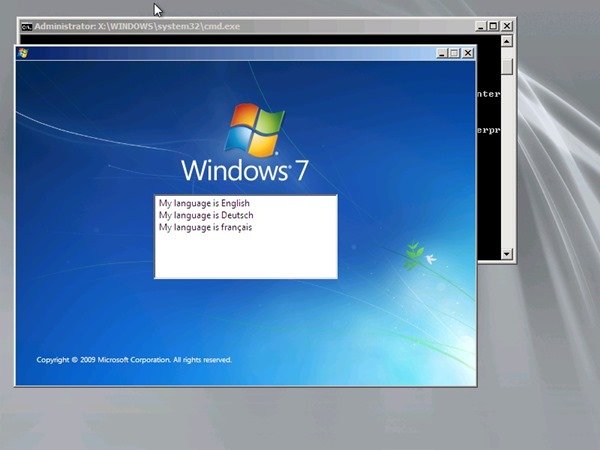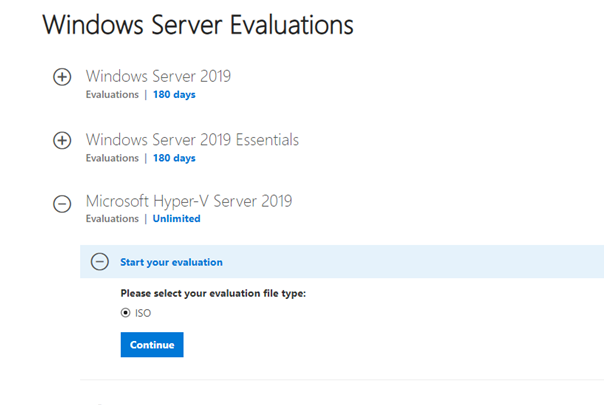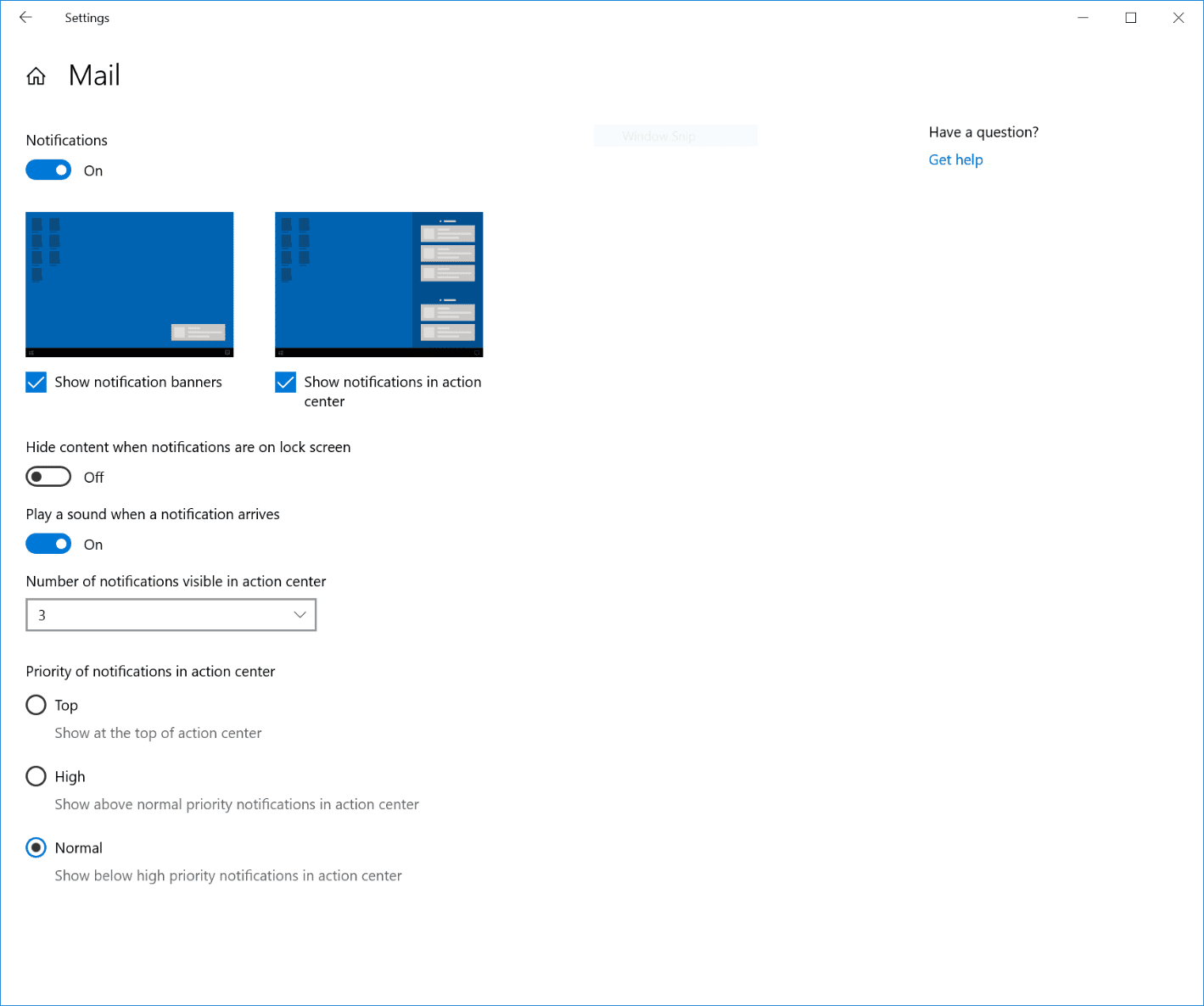
- #HOW TO ENABLE HYPER V WINDOWS 7 HOW TO#
- #HOW TO ENABLE HYPER V WINDOWS 7 INSTALL#
- #HOW TO ENABLE HYPER V WINDOWS 7 PC#
- #HOW TO ENABLE HYPER V WINDOWS 7 WINDOWS 7#
- #HOW TO ENABLE HYPER V WINDOWS 7 DOWNLOAD#
#HOW TO ENABLE HYPER V WINDOWS 7 INSTALL#
Now, another hurdle is that you can’t just install the tools used to manage a Hyper-V server remotely.
#HOW TO ENABLE HYPER V WINDOWS 7 WINDOWS 7#
Installing Hyper-V Remote Management Tools in Windows 7 In my case, all I did was step #1 for the domain user and then logged in as the same domain user on my PC. Allow DCOM access on the client, if neededįrom here, you can double check your configuration on client and server –Ĭscript f /show /target:servercomputernameĬscript f /show /target:clientcomputernameĪll of these steps are covered in much greater detail in the documentation for HVRemote.Add a firewall exceptions on the client, if needed.Add user rights on server for the clientĬscript f /add:domain\user (if machine is in a domain)Ĭscript f /add:user (if machine is in a workgroup).From your elevated command prompt, you need to do 4 things: To properly run it, you will use cscript, then the name of the script, followed by some options. If you try to run the script, just by itself, you’ll see the error in Figure 5. Start up an administrator-level command prompt, as you see in Figure 4. Once downloaded, put it in a place easy to get to, like your Desktop. This script is downloaded and run on your Windows 2008 Hyper-V server and used to authorize remote Hyper-V administration.ĭownload it from the link above.

Instead, there is a great script by Microsoft’s John Howard called HVRemote. But trust me you don’t want to have to go through many pages of instructions. These steps are listed in the Microsoft TechNet article Install and Configure Hyper-V Tools for Remote Administration. There is a ridiculously long list of steps that need to be performed in order to enable remote management with a Hyper-V server. Enabling Remote Management for Hyper-V on the server
#HOW TO ENABLE HYPER V WINDOWS 7 HOW TO#
I will show you how to both enable Hyper-V remote management and install the Hyper-V remote management tools on your desktop PC.

If you don’t configure the Hyper-V server for remote administration and try to run the Hyper-V remote management tools from your desktop, you’ll get the error message “you do not have the required permission to complete this task” when you attempt to connect to the Hyper-V Server using the remote management tools. First, you must enable remote management on the Hyper-V server.
#HOW TO ENABLE HYPER V WINDOWS 7 PC#
However, with Hyper-V, you can’t just install the tools on your PC and start using them. You install the vSphere client, and sha-bam, you are managing your ESX Server.
#HOW TO ENABLE HYPER V WINDOWS 7 DOWNLOAD#
With ESX Server, you download the vSphere client directly from the ESX server via your web browser. Having used VMware ESX / vSphere extensively, I thought that this process would be similar. Honestly, when I started looking at this, I didn’t think it would be so complex. Thus, you need the Hyper-V tools for remote management up and running whenever you need them. So once you enable Hyper-V, how are you going to manage it from your desktop PC? You do not want to have to use Remote Desktop Protocol (RDP) to connect to the server and launch the Hyper-V manager, every time that you want to administer Hyper-V. This way, you can get more use out of that one server by running multiple servers on it, and utilize unused CPU and RAM. So far i have only noticed those two programs, maybe there’s many programs that also need Hyper-V but i didn’t discover them yet.For any physical server running Windows 2008, you might as well enable Hyper-V. Some programs that require Hyper-V such as Windows Subsystem for Linux and Docker.

To re enable Device/Credential Guard basically do the same thing, you just need to check Not configured. Then run this commands: DISM /Online /Enable-Feature /All /FeatureName:Microsoft-Hyper-V Open Windows Powershell with administrator privilegeĢ. Now if you want to use Docker, you can re enable Hyper-V by using this command:ġ. Now after you restart your computer, VMWare can now be run again. Double click Turn on virtualization based securityĤ. After group policy opened, navigate to Local Computer Policy > Computer Configuration > Administrative Templates > System > Device Guardģ. From start menu search for Edit group policyĢ. You need one extra step, by disable Device/Credential Guard.ġ. It probably is not enough to make your VMWare work by disabling Hyper-V. The solution for this type of conflict is actually very simple, disable Hyper-V when you want to run VMWare and then enable Hyper-V when you want to run Docker that needs Hyper-V activated. There’s conflict between VMWare and Docker, Docker can only be run when Hyper-V is activated but VMWare doesn’t work if Hyper-V is activated. If you use an older version of virtualization machine like VM ware or virtual box you might at some point face this problem “VMware Workstation and Device/Credential Guard are not compatible”, this is a message telling you that there’s a conflict from your newest installed program with VMWare.įor example i tried to install Docker (a containerization program), afterward my VMWare stopped working.


 0 kommentar(er)
0 kommentar(er)
